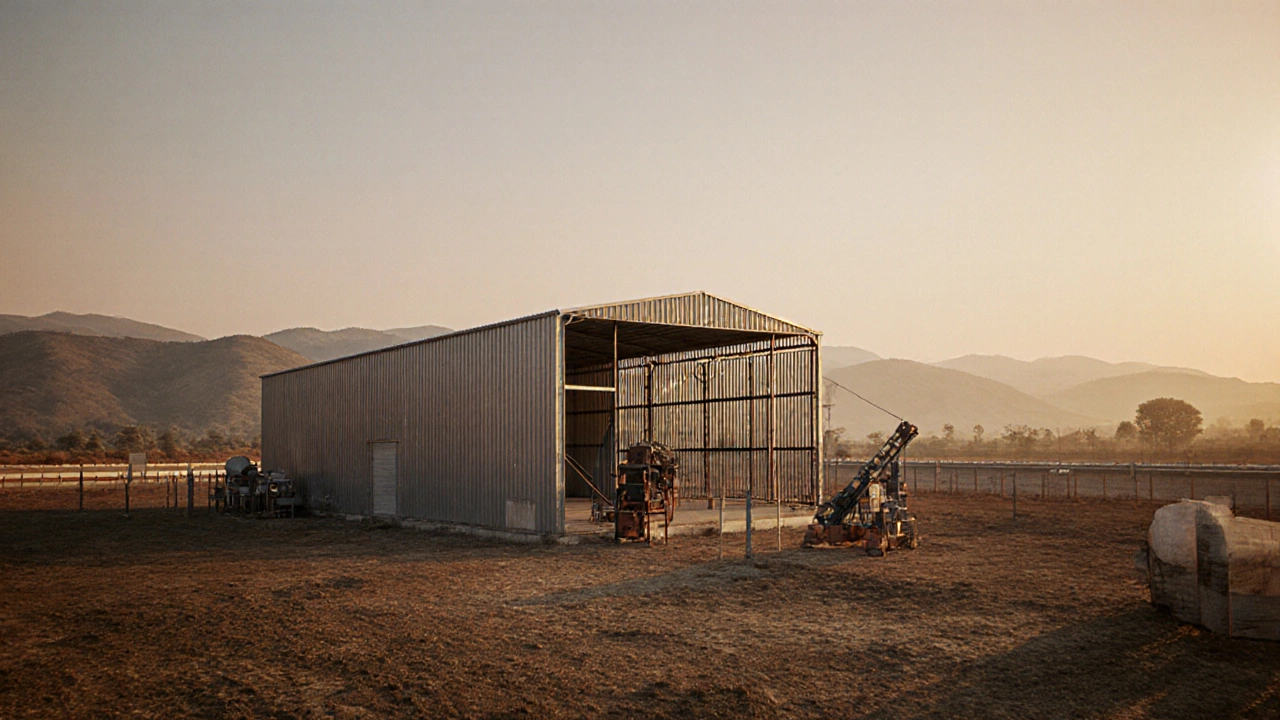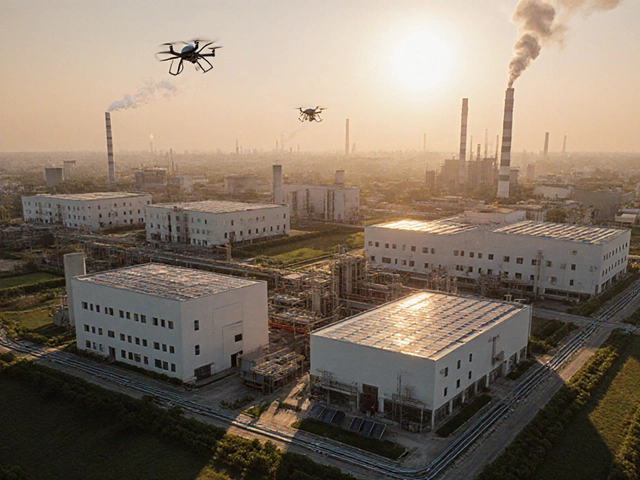Small Factory Cost India: How Much Does It Really Take?
When planning a small factory cost India, the total outlay includes land, machinery, permits, and working capital required to launch a productive unit. Also called small scale factory expenses, this figure guides entrepreneurs on whether a venture is financially viable. In the same breath, you’ll hear about the small scale industry, a business model that targets niche markets with limited production runs, and the startup costs, the initial cash needed for setup, licensing, and early operations. Understanding how these pieces fit together lets you craft a realistic manufacturing budget, a financial plan that covers all phases from acquisition to break‑even.
Key Cost Components You Can’t Ignore
The first semantic triple is simple: Small factory cost India encompasses capital investment, operating expenses, and regulatory fees. Capital investment covers the purchase of land or a lease, plus the price tag on essential machinery such as mixers, CNC machines, or packaging lines. Operating expenses include labour wages, electricity, water, and routine maintenance—each varying dramatically by state and city. Regulatory fees consist of factory licence, pollution control clearance, and GST registration. By mapping each component, you see how a change in one area (like a cheaper location) ripples through the entire budget.
Location choice is another critical node. Selecting a site with lower real‑estate rates saves on upfront costs, but you must weigh that against higher logistics costs if the area is far from suppliers or markets. This creates the second semantic triple: Location selection influences transportation expense. For example, setting up in a tier‑2 city often reduces land cost by 30‑40 % while still offering decent connectivity to major highways.
Labour cost forms the third semantic connection: labour rates affect overall operating expense. In India, skilled technicians command higher wages, yet many small factories benefit from government skill‑development schemes that subsidize training. Leveraging such schemes can cut the labour component by up to 15 % without compromising quality.
Utilities—electricity, water, and waste‑management—are often overlooked but can sway the budget by 10‑20 %. Investing in energy‑efficient machines or renewable‑energy setups, like solar rooftop panels, pays off over a 3‑5‑year horizon. This demonstrates the fourth triple: Energy efficiency reduces long‑term operating costs.
Don’t forget the hidden costs of compliance. Environmental clearances, fire safety certificates, and periodic inspections require both fees and paperwork time. Ignoring these can lead to fines that inflate the total cost by 5‑10 %. This forms the fifth semantic link: Compliance requirements increase total capital outlay.
Financing adds another layer. Many first‑time entrepreneurs rely on bank loans, government schemes, or venture capital. Understanding interest rates, repayment schedules, and collateral requirements helps you avoid cash‑flow crunches during the critical first year. A well‑structured financing plan can lower the effective cost of capital and improve the break‑even timeline.
When you piece together these elements—land, machinery, licences, labour, utilities, compliance, and financing—you get a comprehensive picture of the small factory cost India. The total can range from INR 10 lakh for a modest food‑processing unit to INR 2 crore for a light‑engineering workshop with automated lines. Your actual figure depends on product type, production volume, and the efficiency of your planning.
Below, you’ll find a curated list of articles that walk you through each cost bucket in detail. From choosing the right location to negotiating equipment leases, the posts give you actionable steps to keep your budget on track. Dive in to see real‑world numbers, sample calculations, and tips that seasoned manufacturers swear by.
Small Factory Cost in India: Detailed Breakdown & Budget Guide
Explore the full cost breakdown of starting a small factory in India, from land and machinery to licenses and government subsidies, with a detailed budget guide.
Read More




